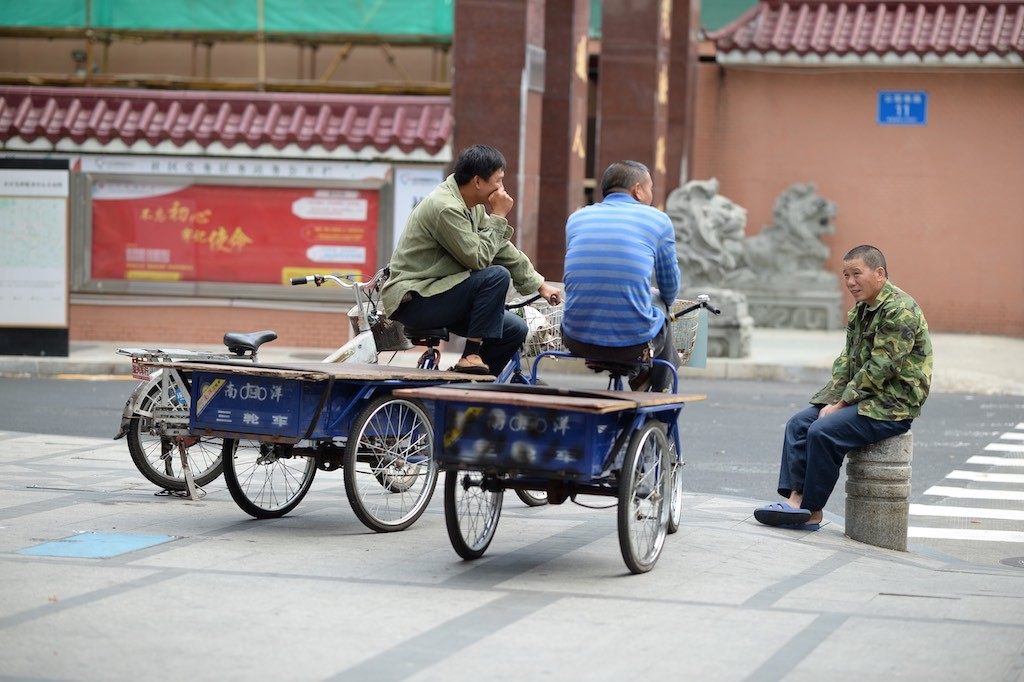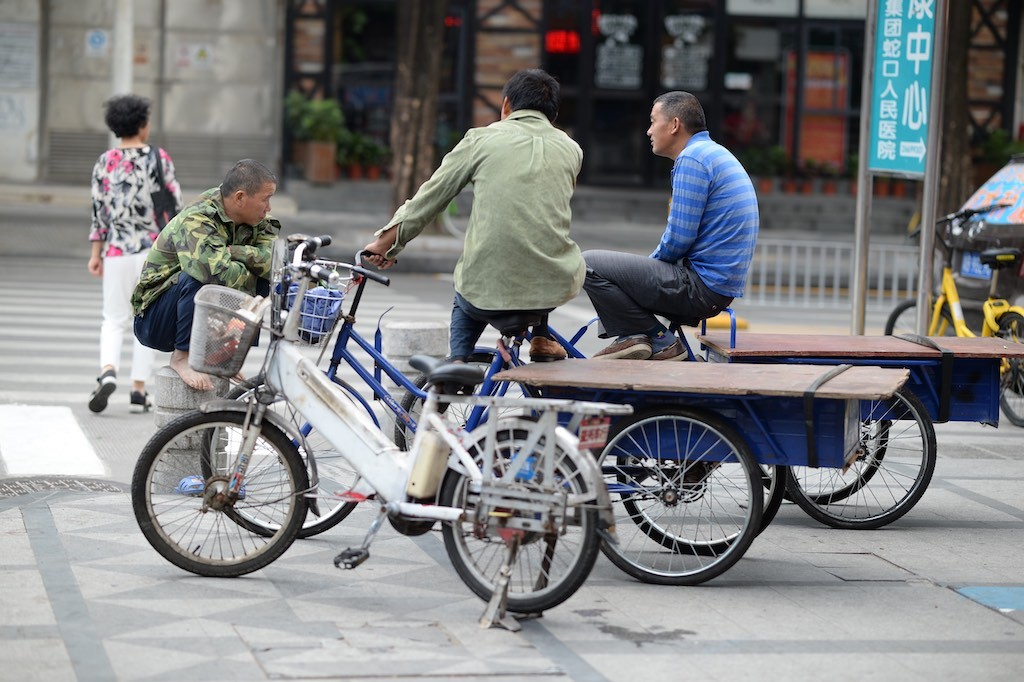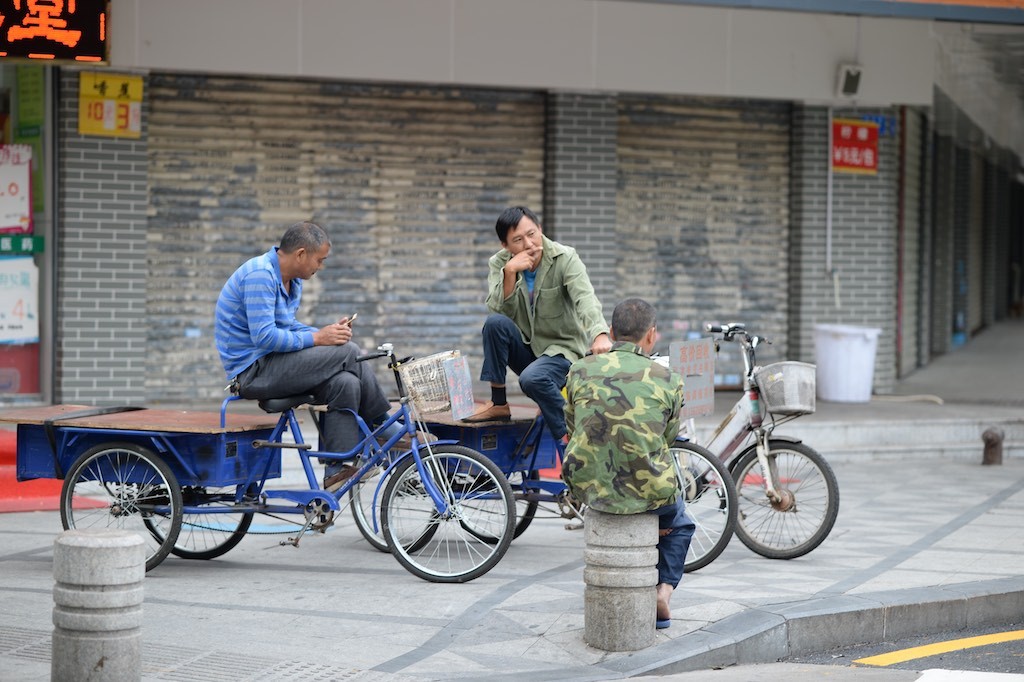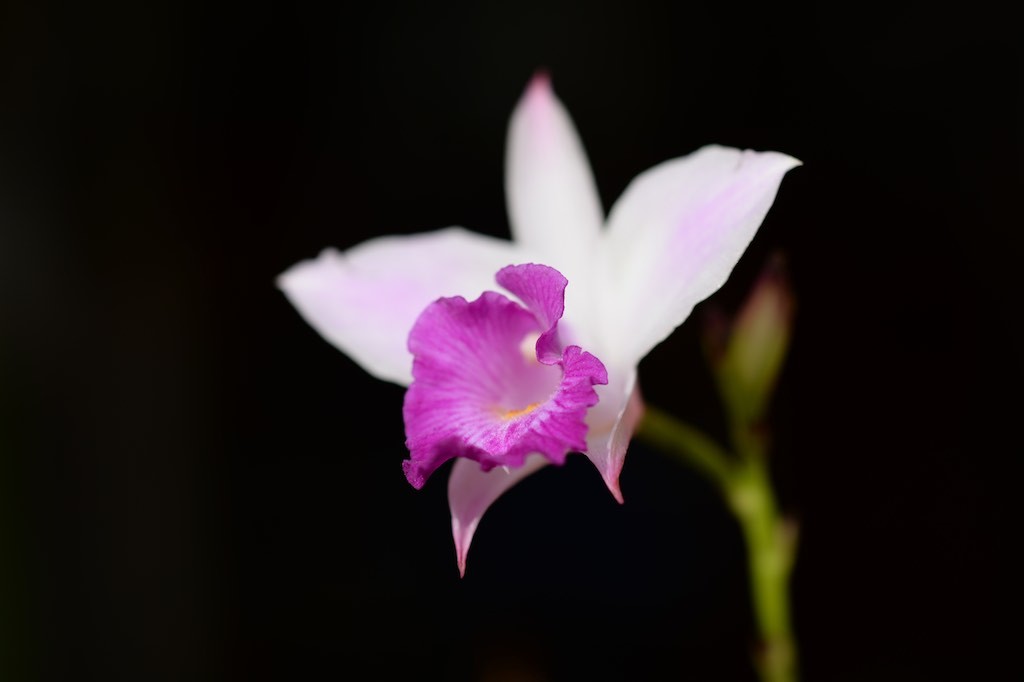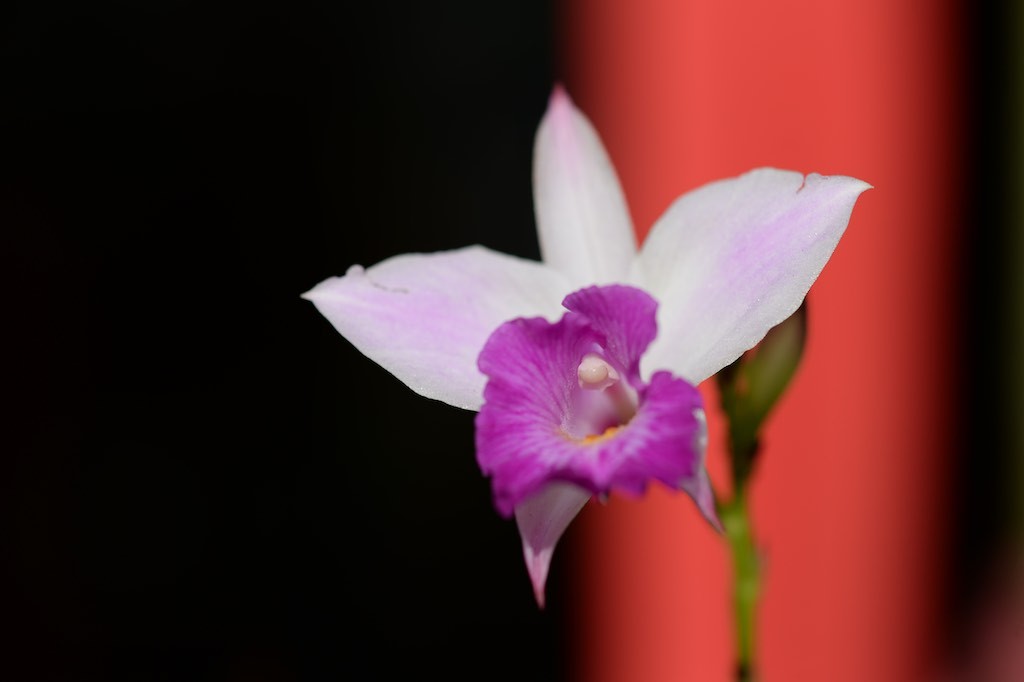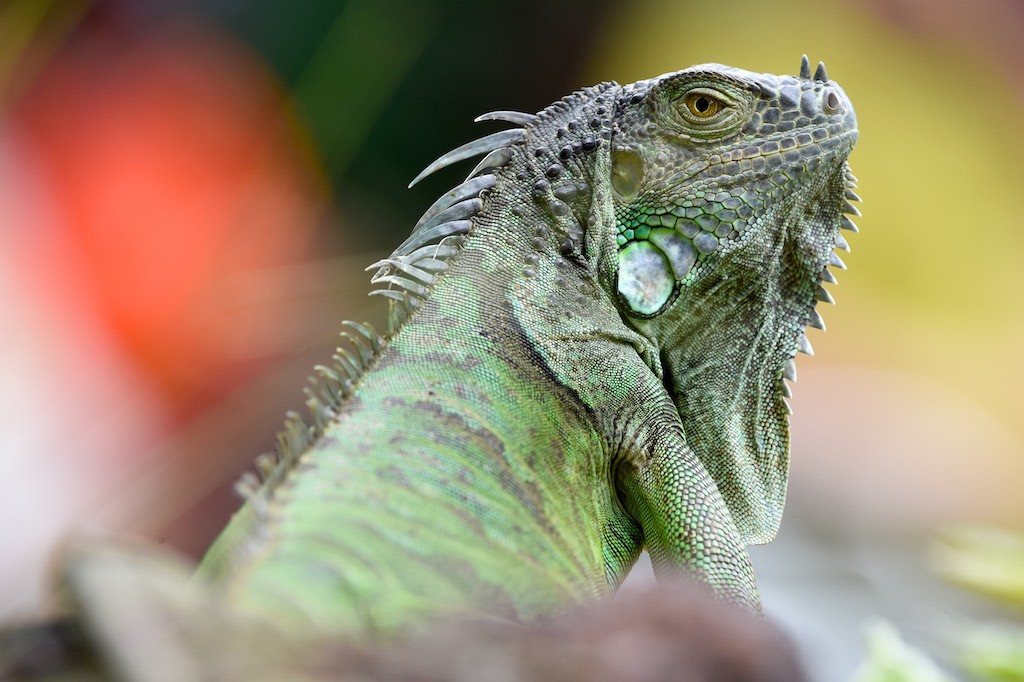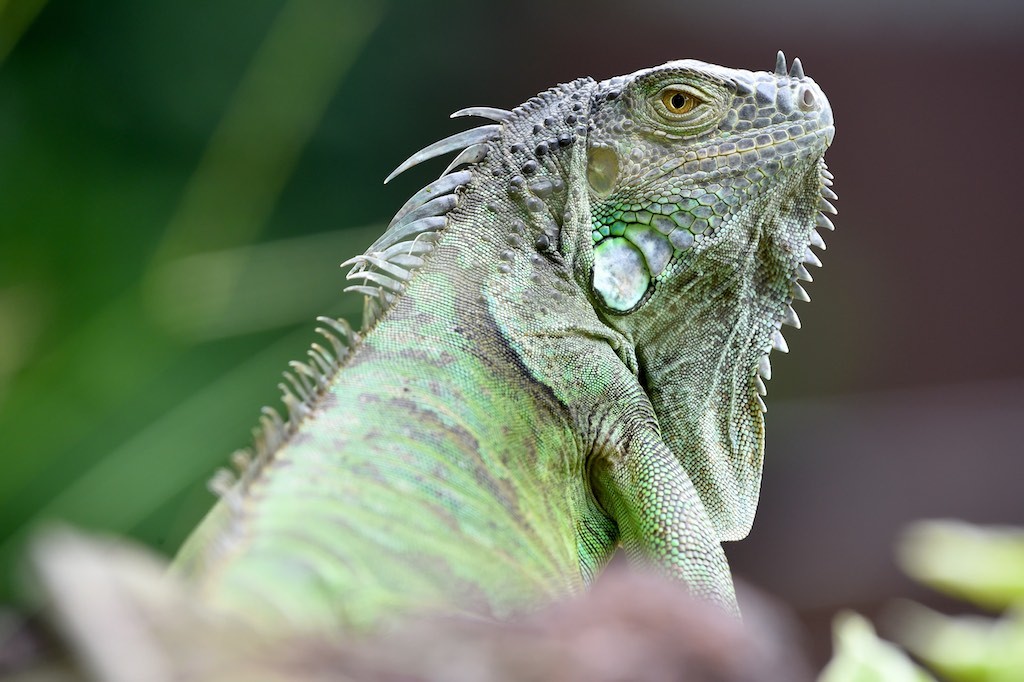National Geographic photographer Joel Sartore once said that you can tell the difference between someone who takes photographs for a living and just as a hobby simply by looking at the backgrounds of their images. That is how important backgrounds are to your overall photograph. Yet most amateur photographers don’t think twice about what is in the background of their image. They can get tunnel vision when they see something they want to be the subject of their photograph and snap away.
The background is so important that it is either the first or the second thought in my mind when I am composing a photograph. If I see something I want to capture a photo of, the next thought in my mind is, “What do I want in the background?” I look all around the scene and look for options for what could be in the background behind my subject.
In these three images, I moved around the subjects to try to find the best background. I want to try to find backgrounds that don’t have distracting elements.
I don’t always have a choice about what is in the background. Sometimes there are distracting elements all around and other times I just can’t put myself in a place where there is a clean background behind my subject.
What to look for in a great background
When I find a subject and I am trying to determine what I want in the background, what exactly am I looking for? First and foremost, I am looking for a simple background without any distractions. A plain and simple background will help the viewer to concentrate on the subject of the image.
Once I have decided on my subject and background, I compose the image in my viewfinder. But before I press the shutter release button I take another look at the background and make sure that there is nothing that is distracting such as bright colours like red, yellow or white that will lead my viewer’s eye away from my subject.
A slight move to one side means that the red blur in the background is not visible and doesn’t distract the viewer.
Here you can clearly see the difference it makes to not have any distracting elements in the background of your image. The person in white really draws your attention away from the subject in the second image.
I am also very wary of any distracting lines like telephone wires. If there are moving subjects in the background behind my subject, I often find myself looking at them (while keeping my camera focused on the subject). I wait until the background is the way I want it before I press the shutter release.
Of course you should also be looking at your subject before you press the shutter release button. If my subject is a person and I am looking to capture an expression, I will devote most of my attention to catching that expression. However, I am always aware of what is happening in the background.

There is nothing wrong with the background of this image…

…but moving to the opposite side of my subject meant that the background was in shadow and was less distracting.
A slight shift to one side completely changes the background of this image. There are no distracting colours and the green in the background better suites the subject.
Ways to change or control your background
A simple background can work best because then the viewer’s attention is solely on your subject. If I am able to find a background with a colour that might compliment my subject I try to take advantage of it especially when I am photographing a person. That way, the viewer’s eyes go directly to the subject’s face.

A blue background and a blue shirt means that the viewer’s eye can concentrate on the subject’s face.
A telephoto lens is great for isolating your subject because it has a narrow field of view to isolate your subject from the background so it tends to be easier to control the distracting elements.

I used a wide angle lens and tried to get low to the ground to hide some of the things in the field in the background. However, there is a lot of sky in the background. It isn’t terrible but it does draw the eye to the upper part of the frame.

I backed further away and used a telephoto lens which naturally compresses the image and makes it easier to control what is in the background.
Workshop: Backgrounds
Go out and find a subject that you would like to capture in an image. It can be anything but it is much easier if it doesn’t move. Now look around the scene and pick what you would like to be in the background of your photograph and position your subject between you and the background. Be wary of distractions. Watch for any moving objects in the background. If there are some distractions, use a telephoto lens to isolate your subject against the background.
What you need:
You can use your mobile device or your camera and a lens. A telephoto lens is easier to isolate your subject so if you have multiple lenses on your mobile device or for your camera, use a telephoto lens.
Remember:
Find a subject and look around the scene for what you want in the background.
Move around your subject and capture images with different backgrounds.
Watch out for bright colours and distracting elements that may take attention away from your subject.
It is easier to isolate your subject using a telephoto lens.
